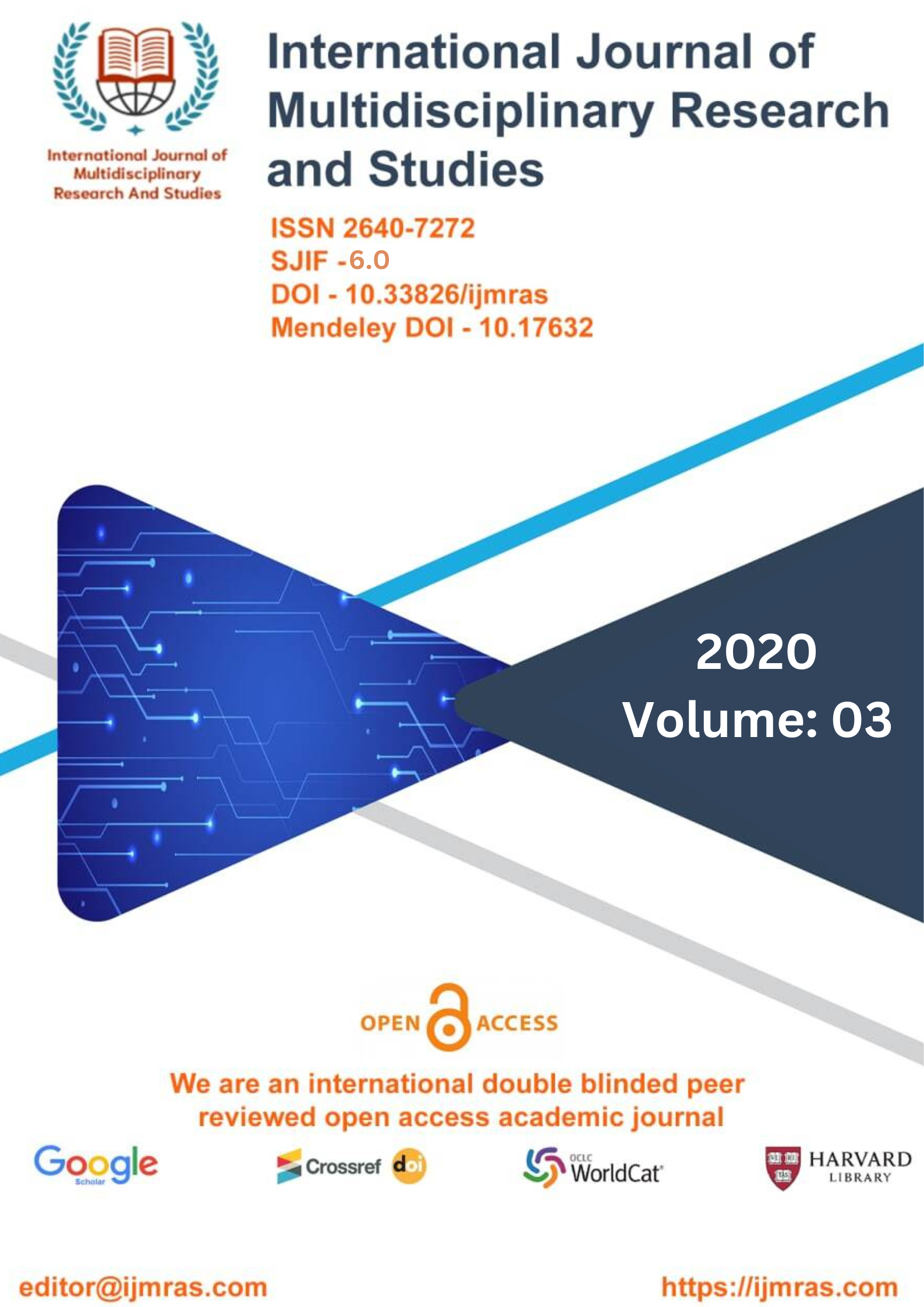VISUALIZING INSURANCE CLAIMS DATA FOR CLINICAL EVENTS

Abstract
Despite the growing interest in the use of large amounts of clinical data in research and clinical practice, the mining of clinical events for the purpose of patient education remains understudied in clinical data mining and data visualization. Fp-Growth, Apriori, and Spade are three well-known data mining techniques, and this research aims to find out how well they perform in the context of crd patient education applications. After mining the data for sequence or association patterns, it is challenging to analyze them due to the increasing complexity of the underlying technology. In particular, patients have little opportunity to use data mined to improve their understanding of the development of their condition. For example, a timeline chart that displays a series of clinical events in chronological order and in a visual format can be used to create a presentation. Some timelines are organized on a single scale, while others present a series of different clinical events, such as diagnoses, operations, medications, or test findings.
Keywords
Insurance, Clinical Events, Fp-Growth, education applications, clinical eventsHow to Cite
References
Agrawal,R., Srikant, R.(1994,September). Fast algorithms formining association rules. 20th int. conf., Vol. 1215, pp. 487-499.
Almende,B.V.,Thieurmel,B. (2016).visNetwork:NetworkVisualizationusing'vis.js'Library.
Alsabti, K., Ranka, S., & Singh, V. (1997). An efficient k-meansclusteringalgorithm.
Bui,A. A., Aberle,D.R., McNitt-Gray, M.F., Cardenas,A.F.,Goldin,J.(1998). The evolution of an integrated timeline for oncology patienthealthcare. American Medical Informatics Association AMIASymposium,p.165.
Ferraiolo, J., Jun, F., Jackson, D. (2000). Scalable vector graphics(SVG)1.0specification.
Fournier-Viger, P., Gomariz, A., Gueniche, T., Soltani, A., Wu, C. W.,Tseng, V. S. (2014). SPMF: a Java open-source pattern mining library.TheJournalofMachineLearningResearch,15(1),3389-3393.
Gotz, D., Stavropoulos, H. (2014). DecisionFlow: Visual Analytics forHigh-DimensionalTemporalEventSequenceData.IEEEtransactionsonvisualizationandcomputergraphics,1783 -1792.
Han,J.,Pei,J.,&Yin,Y.(2000,May).Miningfrequentpatternswithoutcandidategeneration.ACM,Vol.29,No.2,pp.1-12.
Naeseth,E.(2013).Animplementationofthefp-growthalgorithminpurepython.
Perer,A.,Wang,F.,Hu,J.(2015).Miningandexploringcarepathwaysfrom electronic medical records with visual analytics. Journal ofbiomedicalinformatics,56,369-378.
SPSS, I. (2011).IBMSPSSstatisticsforWindows,version20.0.
Tang, C., &Monteleoni, C. (2016, May). On Lloyd's algorithm: New theoretical insights for clustering in practice. In Artificial Intelligence and Statistics, pp.1280-1289.
Zaki, M. J. (2001). SPADE: An efficient algorithm for mining frequent sequences.Machine learning,42(1-2),31-60.
Zhao, Y. (7 October 2016). R and Data Mining. Retrieved from HTTP://www.rdatamining.com/
License
Copyright (c) 2020 Saleha Tarannum

This work is licensed under a Creative Commons Attribution 4.0 International License.
Individual articles are published Open Access under the Creative Commons Licence: CC-BY 4.0.



